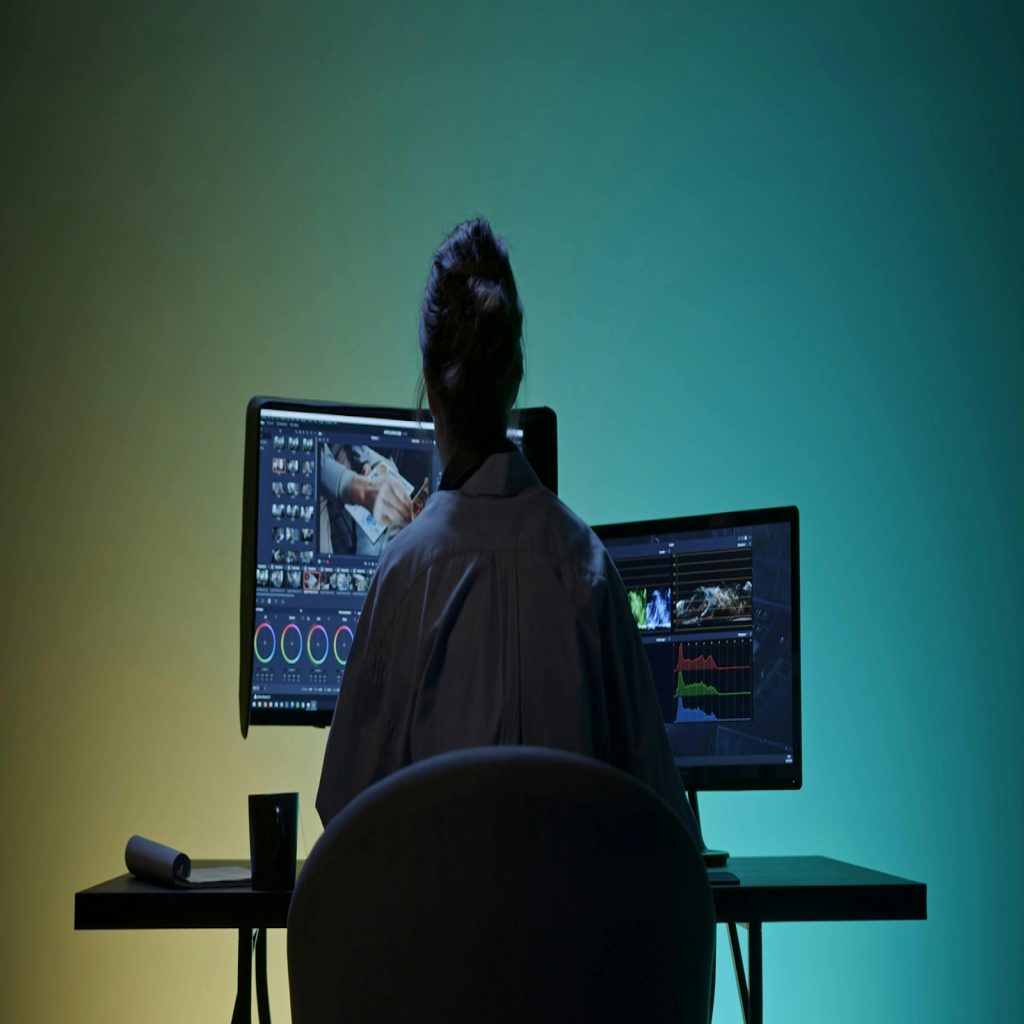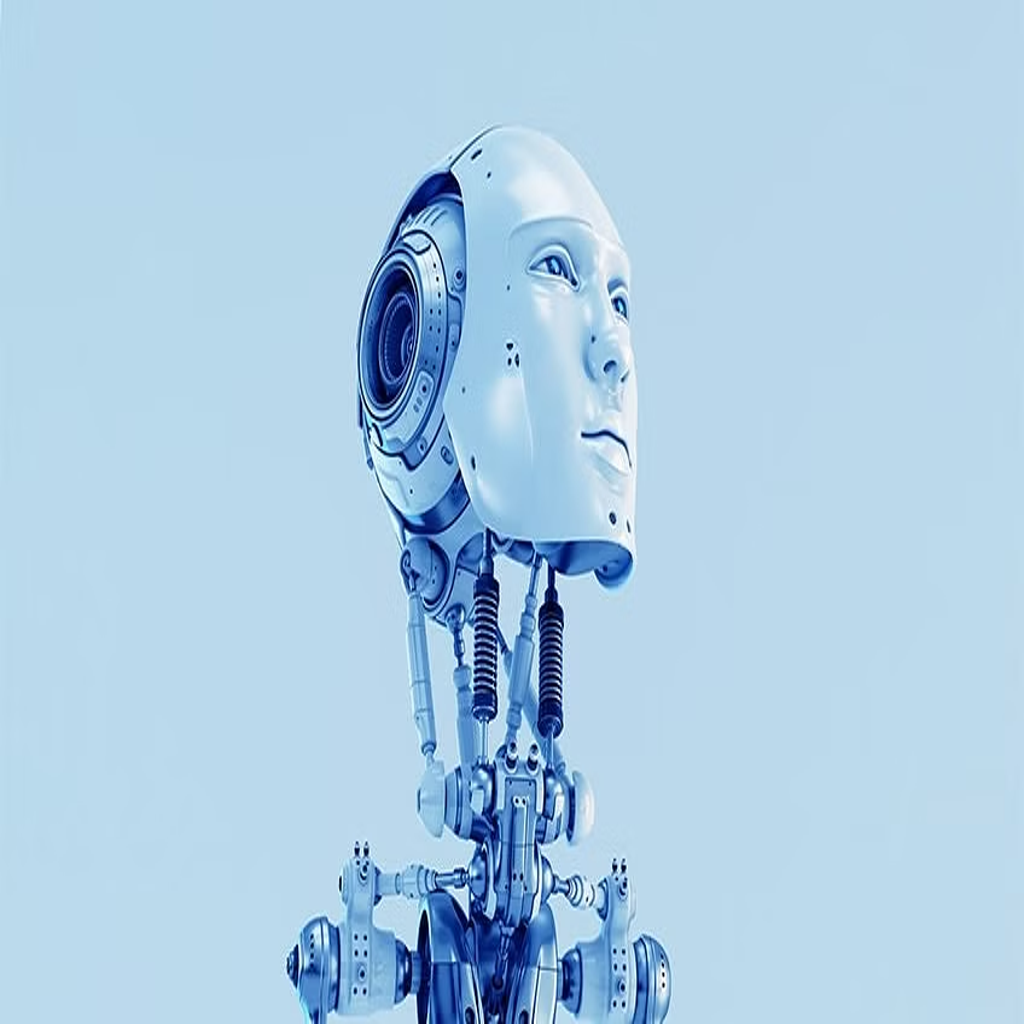In recent years, without AI Video Production the demand for efficient video production has skyrocketed, propelled by the ubiquitous presence of social media. Businesses, content creators, and marketers are all vying for a competitive edge in an increasingly crowded marketplace. Making the integration of innovative tools more critical than ever.
Enter Artificial Intelligence, a transformative force that is reshaping the landscape of video production. From scriptwriting to editing, AI algorithms streamline workflows, reduces human error, and enhances creative possibilities.
This article delves deep into the various aspects of AI in video production, with a specific focus on creating workflows. Equipping you with the insights necessary to leverage these advancements.
The Rising Demand for Efficient Video Production
The explosive growth of platforms like TikTok, and YouTube has led to a profound shift in how content is consumed. Short-form video content democratizes storytelling, offering anyone with a smartphone the opportunity to share their narrative.
What is Ai video production?
Definition and Overview
At a high level AI video creation refers to the use of automation technologies to automate various facets. Encompassing everything from script generation to final edits, AI can significantly enhance productivity. Making the video production process more seamless and less labour-intensive.
Key Benefits of AI Video Creation
Some key benefits of AI video creation include:
Time Efficiency:
AI drastically reduces the time spent on repetitive tasks, allowing creators to focus on the art of storytelling.Cost Savings
Automated tools can lower operational costs by minimizing the need for extensive production crews and lengthy post-production processes.
Enhanced Creative Options:
With AI analyzing trends and viewer preferences, creators can tailor their content to align with audience demand seamlessly.
For a more in-depth look and future of video production checkout our article:
Discovering the Basics: An introduction to AI Video Creation for Social Media .
Understanding AI Video Editing Tools
AI tools are designed to assist editors by automating mundane tasks, such as sorting through hours of footage. Programs like Adobe Premiere Pro and Final Cut Pro have begun integrating AI capabilities. That can suggest cuts and highlight key moments based on machine learning algorithms.
How AI Enhances Video Quality and Efficiency
The introof AI in video editing not only expedites the workflow but also improves the overall quality of the product. Intelligent filters can apply colour correction, improve sound quality, and optimise formats for different social media platforms. Ensuring that every piece of content is tailored for satisfaction.
Common Workflows for AI Video Creators
From Script to Screen: AI in Pre-Production
Additionally the journey of video production begins long before the camera rolls. AI can analyse content trends and user engagement data to help creators develop compelling storylines and scripts tailored to their target audiences.
Automating Production with AI Tools
During production, AI technologies can monitor various aspects of filming, such as camera angles, lighting conditions, and background noise. Allowing filmmakers to capture their best takes efficiently.
Post-Production Excellence: AI-Powered Editing
In post-production, AI streamlines the editing process through automated features such as scene detection, audio balancing, and special effects application. As a result, creators can quickly assemble their content and meet tight deadlines.
How AI Video Editing Enhances Video Production
Speeding Up the Editing Process
AI can automate several editing tasks, such as cutting and splicing, enabling editors to focus on creative input rather than laborious tasks.
This speeds up the editing process dramatically, which is especially important for social media videos that thrive on timely and engaging content.
Achieving Consistent Quality with AI
Consistency is vital in maintaining a professional image across social media platforms. AI-powered tools can ensure that every piece of content adheres to specific quality standards, resulting in a cohesive brand identity.
Streamlining Pre-Production with AI
AI-Driven Scriptwriting and Storyboarding
AI tools can assist in writing scripts and creating storyboards by analyzing existing content for structure and style, offering templates, and providing suggestions tailored to audience preferences.
Planning and Scheduling with AI
AI can help streamline the scheduling of shoots and crew assignments, optimizing resources and time management, ensuring everything runs smoothly on production days.
AI in Real-Time Video Production
On-Set AI Tools: Enhancing Production Efficiency
On-set tools powered by AI can monitor various aspects of the filming process, offering real-time insights and suggestions that enhance efficiency and ensure quality throughout the shoot.
AI for Live Video Editing and Management
AI also plays a crucial role in live video production, able to manage multiple camera feeds, apply real-time effects, and even detect trending topics to create engaging live content on the fly.
Post-Production Workflows: Integrating AI

Automated Editing Features: Cuts, Transitions, and Effects
AI can automate cuts and transitions, suggesting the most effective options to create seamless storytelling, which is essential for social media formats
AI in Colour Grading and Sound Design
The use of AI in colour grading and sound design allows for a more streamlined, accurate, and creative process, making it easier to match a video’s tone and atmosphere effectively.
Optimizing Video Distribution with AI
AI Tools for Targeted Video Distribution
Once a video is completed, AI tools can help distribute it effectively across various social media platforms by analyzing demographics and viewer habits, ensuring it reaches the right audience at the right time.
Leveraging AI for Video SEO and Analytics
AI-driven analytics can provide deep insights into viewer engagement, helping creators understand what works and what needs improvement, making future content even more impactful.
Case Studies: Successful AI Integration in Video Production
AI technology is revolutionizing video editing by providing powerful tools that simplify and accelerate the process. Apps like Epos and Magisto use machine learning to automate tasks such as selecting clips, applying transitions, and generating music. Companies like Lumen5 and Animoto have integrated AI to transform blog posts into engaging videos and create AI-driven slideshows. OpenAI’s SORA further exemplifies this by automating script generation and creating visuals based on engagement data, making enhancing marketing content creation simple. These advancements, highlighted by sources like TechCrunch, Wired, and MIT Technology Review, empower creators of all skill levels to engage in authentic storytelling efficiently.
Case Study
Short Films by Filmmakers
Several filmmakers have explored SORA’s capabilities to create short films, showcasing its potential in video production. For instance, filmmaker Paul Trillo produced “Abstract,” which combines retro-style footage with generative elements, demonstrating how SORA can yield aesthetically diverse results.
Trillo emphasized the importance of experimenting with prompts to achieve a more organic look in his films, highlighting the creative freedom that AI-assisted tools and analyzing viewer and provide to content creators.
This approach not only enhances the visual storytelling experience but also encourages novice filmmakers to push the boundaries of their creativity. More insights on this can be found in the article from MIT Technology Review
Nature Documentary
Filmmaker Don Allen Stevenson III has also ventured into the realm of SORA by creating a unique nature documentary featuring imaginary animals. This project highlights the distinct challenges faced when working with low-resolution outputs that require upscaling for final presentation.
Stevenson emphasized that while SORA offers remarkable creative freedom, the process of transitioning from low to high resolution can introduce inconsistencies in the final product.
Despite these hurdles, his work exemplifies the innovative possibilities that AI-assisted tools provide to filmmakers, allowing them to explore new realms of storytelling.
For further insights into the complexities and innovations of SORA in video production, you can read the full articles on The Washington Post] and [MIT Technology Review]
Video:
Music Videos
A director recently leveraged SORA to create a vibrant music video, accumulating a vast amount of footage that necessitated considerable rendering time.
This project showcased the tool’s potential to craft cohesive and immersive visual narratives, illustrating how SORA can enhance storytelling through stunning visuals.
However, it also highlighted the challenges associated with high computational resource demands, underscoring the importance of balancing creativity with technology. For more details on this innovative approach to music video production, you can visit DataCamp.
Overcoming Challenges in AI Video Workflows
Common Pitfalls and How to Avoid Them
While the advantages of AI in video production are clear, challenges may arise, such as dependency on technology and the potential loss of creativity.
It’s essential to balance AI use and human touch in storytelling.
Ensuring Human Creativity in AI-Driven Workflows
Despite the efficiency AI brings, creative input from humans remains irreplaceable. Ensuring collaboration between AI tools and human creativity is vital for producing compelling narratives.
The Future of AI in Video Production

Emerging Trends and Technologies
As technology continues to evolve, so too will the capabilities of AI in video production. Emerging trends include more sophisticated editing capabilities, deeper integration into the creative process, and enhanced audience analysis. One should embrace ai and see what future holds
How AI Will Continue to Evolve Video Workflows
The future promises an even greater reduction in the time and costs associated with making video, allowing creators to focus on their art while AI handles the more mundane tasks.
Conclusion
In summary, the impact of AI on video production is profound and will only continue to grow in the coming years.
By learning from successful case studies, overcoming challenges, and embracing emerging trends, creators can leverage AI to tell more compelling stories and reach a wider personalize audience.
Ultimately, the key is finding the right balance between technology and human creativity to enhance the storytelling process.
So, it’s important for businesses to keep up with these developments and incorporate AI into their video workflows to stay competitive in today’s digital landscape. As AI technology continues to evolve and improve, its potential for revolutionizing video production is endless. Who knows what exciting advancements we’ll see next!



